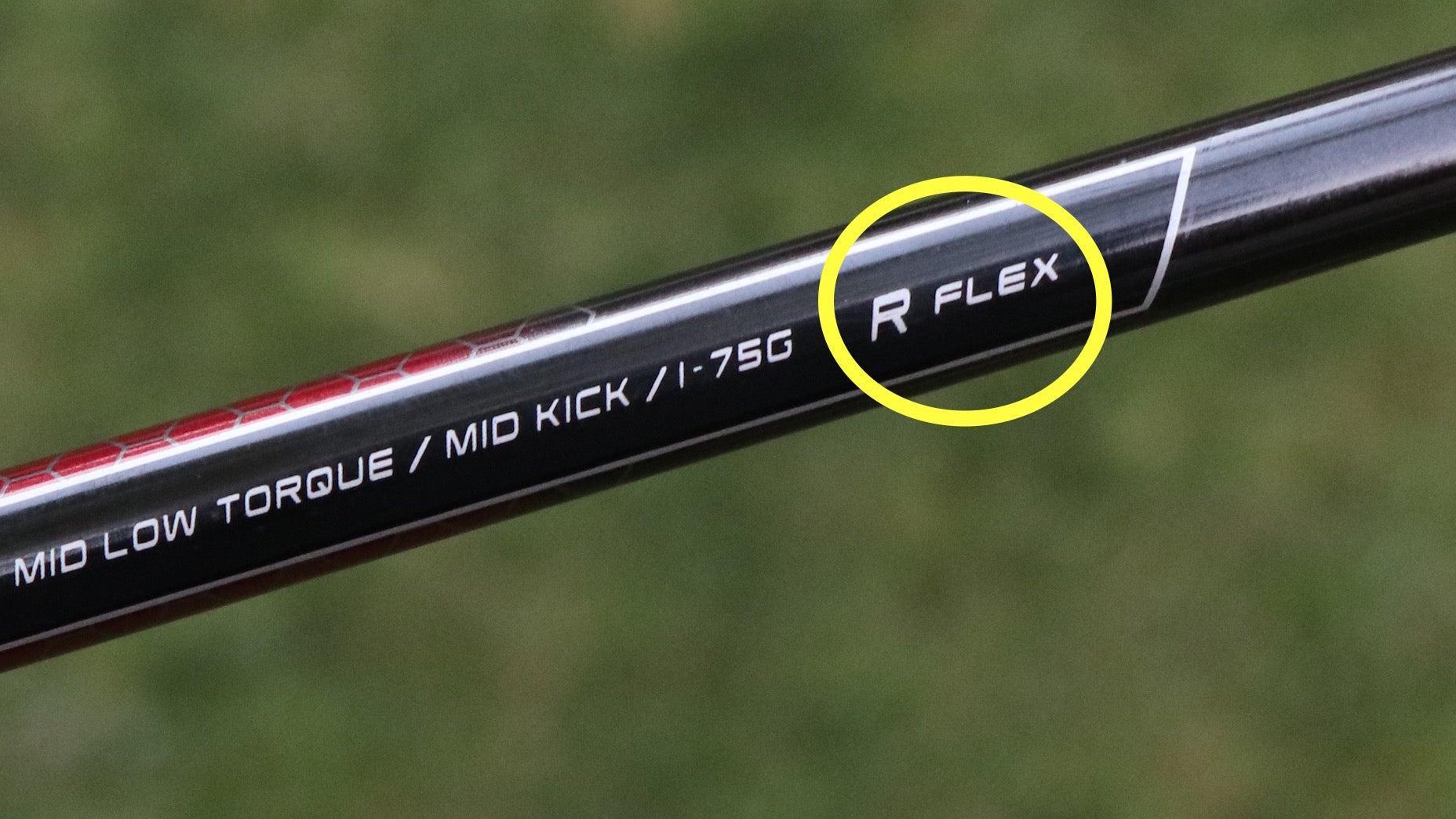Decoding Shaft Flex: Essential for Enhancing Golf Driver Performance
In the pursuit of improved golf performance, one of the most significant factors is shaft flex, which plays a vital role in optimizing driver efficiency. Shaft flex refers to how much a golf shaft bends during a swing and has a profound impact on various elements of ball flight, such as speed, launch angle, and shot consistency. For golfers aiming to maximize both distance and precision, understanding how shaft flex correlates with their individual swing characteristics is essential. This article delves into the intricacies of shaft flex, its influence on golfer performance, and advocates for a customized approach to selecting shafts that align with personal swing dynamics. By examining the mechanics behind shaft flex and its effects on driver performance, we aim to equip golfers with valuable insights for refining their equipment choices and enhancing their overall game.
The Significance of Shaft Flex in Golf Driver Performance
Shaft flex is an integral component affecting golf driver performance by influencing critical factors like ball speed, launch angle, and shot reliability. The flexibility of the shaft determines how effectively energy transfers from club to ball at impact. A thorough grasp of these nuances is crucial for golfers looking to elevate their driving capabilities since selecting an appropriate flex can lead to enhanced distances alongside improved accuracy.
Various categories exist within shaft flex—such as L (Ladies), A (Amateur), R (Regular), S (Stiff), and X (Extra Stiff)—each tailored for different swing speeds and styles. Choosing the right type involves considering not just swing speed but also tempo and transition dynamics during swings. For instance, players with slower swings may find softer shafts beneficial as they facilitate greater loading during swings—maximizing energy transfer upon contact with the ball. In contrast, faster swingers typically require stiffer shafts for enhanced control over their shots.
| Flex Category | Typical Swing Speed (mph) | |||
|---|---|---|---|---|
| L (Ladies) | Up to 70 | |||
| A (Amateur) | 60-75 | |||
| R (Regular) | 75-90 | |||
| S (Stiff) | 90-105 < tr >< td >< b > X(Extra Stiff) < td > 105+ < /tbody > < /table > The influence of shaft flex on driving outcomes cannot be underestimated. Golfers should conduct thorough evaluations of their swinging techniques while factoring in variables like contact point and attack angle when determining suitable shaft flexibility options. Testing various types can reveal notable differences in performance levels leading towards personalized approaches that optimize both distance covered as well as accuracy achieved. How Shaft Flex Affects Ball Speed in GolfThe effectiveness of a golf driver heavily relies on its shaft’s flexibility—a factor that directly impacts energy transfer from clubface onto ball surface upon impact.< strong>This relationship holds immense importance for those aiming at increasing overall velocity off tee shots since higher speeds correlate closely with longer distances achieved downrange . When there’s harmony between chosen stiffness level & player’s unique swinging style optimal energy transference occurs resulting into elevated velocities experienced by balls launched skyward . Different ratings yield distinct results regarding generated speeds ; stiffer models often provide better stability suited towards quicker swingers while more flexible alternatives assist slower-paced players enabling them whip through downswing phases thus potentially boosting resultant velocities . Hence , making informed decisions based around personal preferences becomes paramount if one wishes maximize output produced during impactful moments . To illustrate this concept further , consider below table summarizing average outcomes observed across varying degrees :
|






